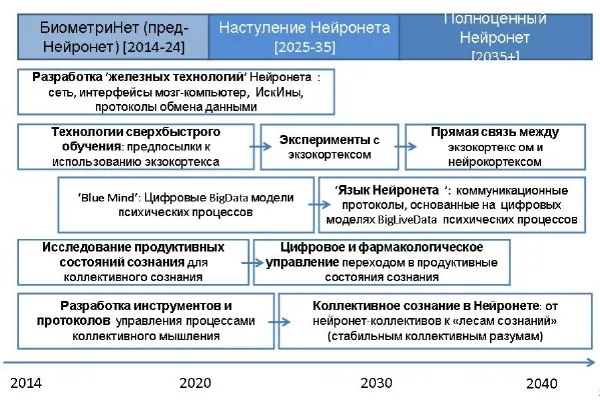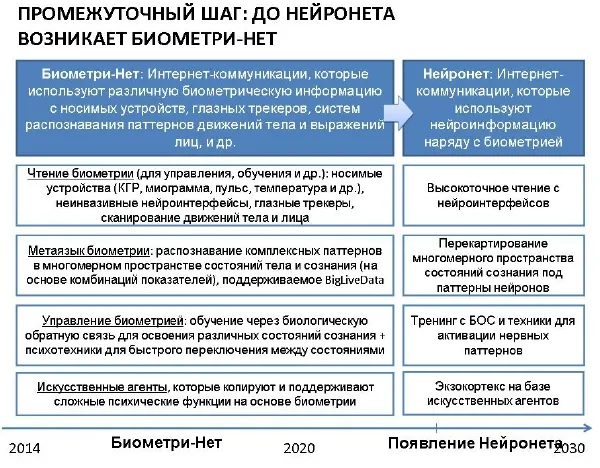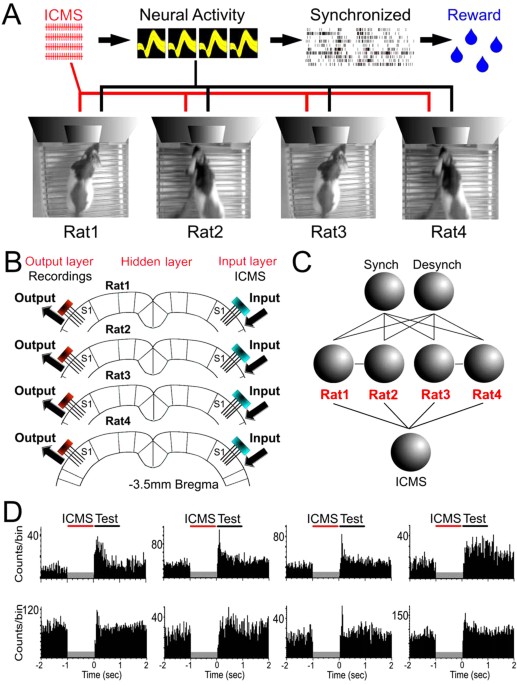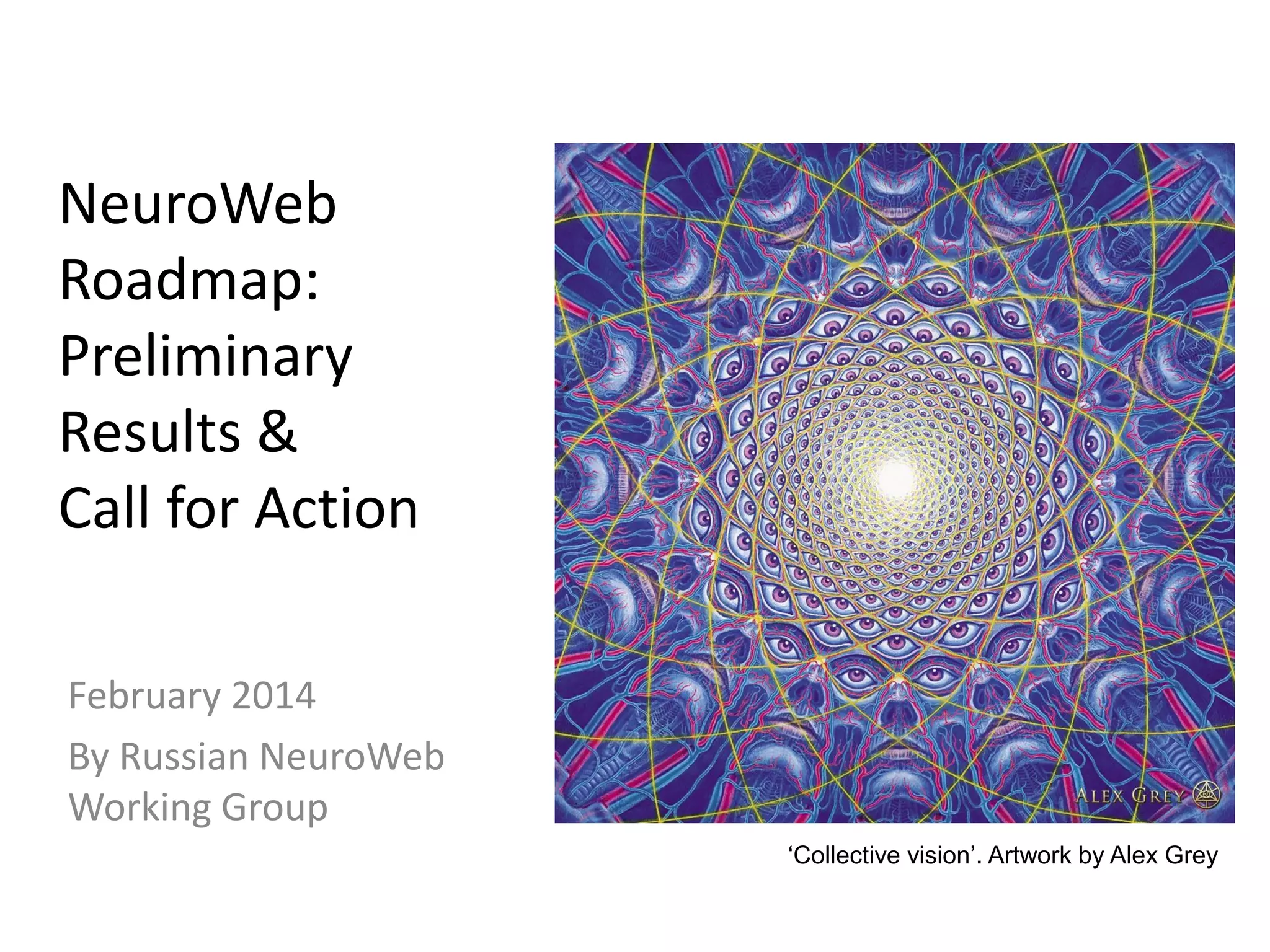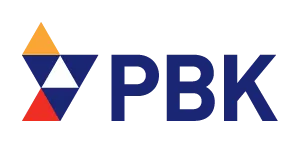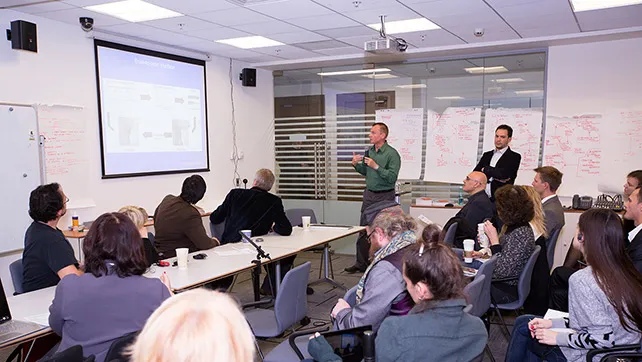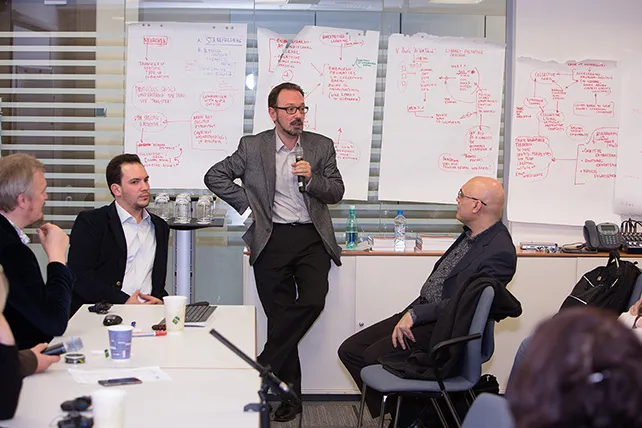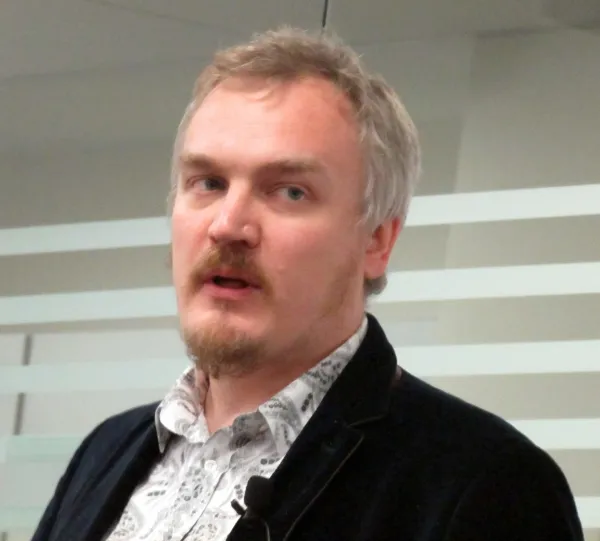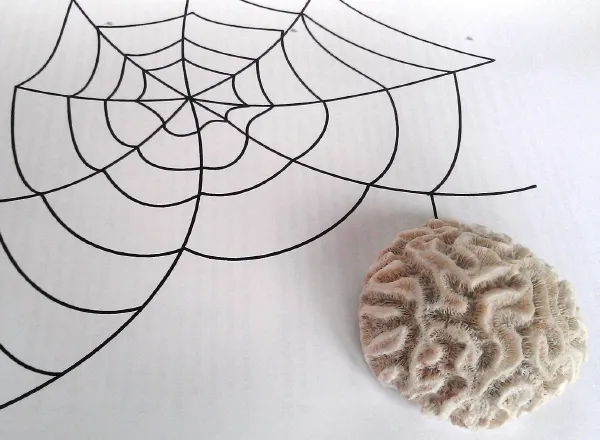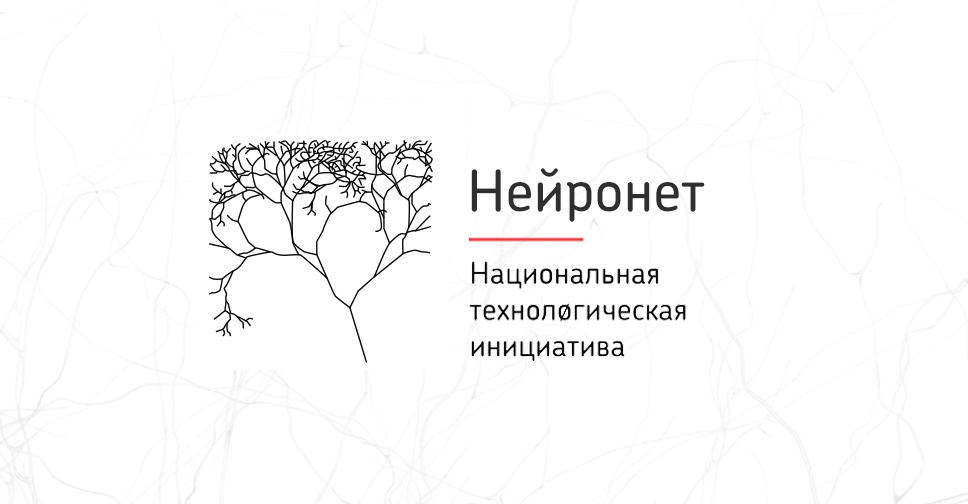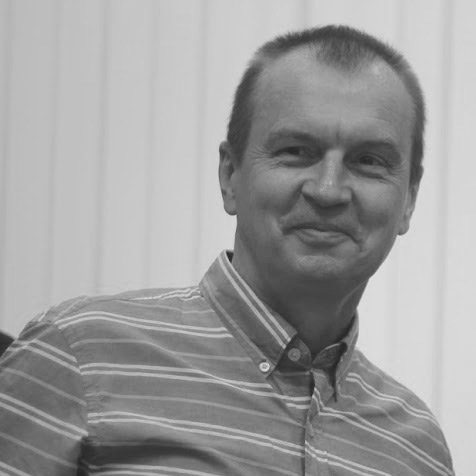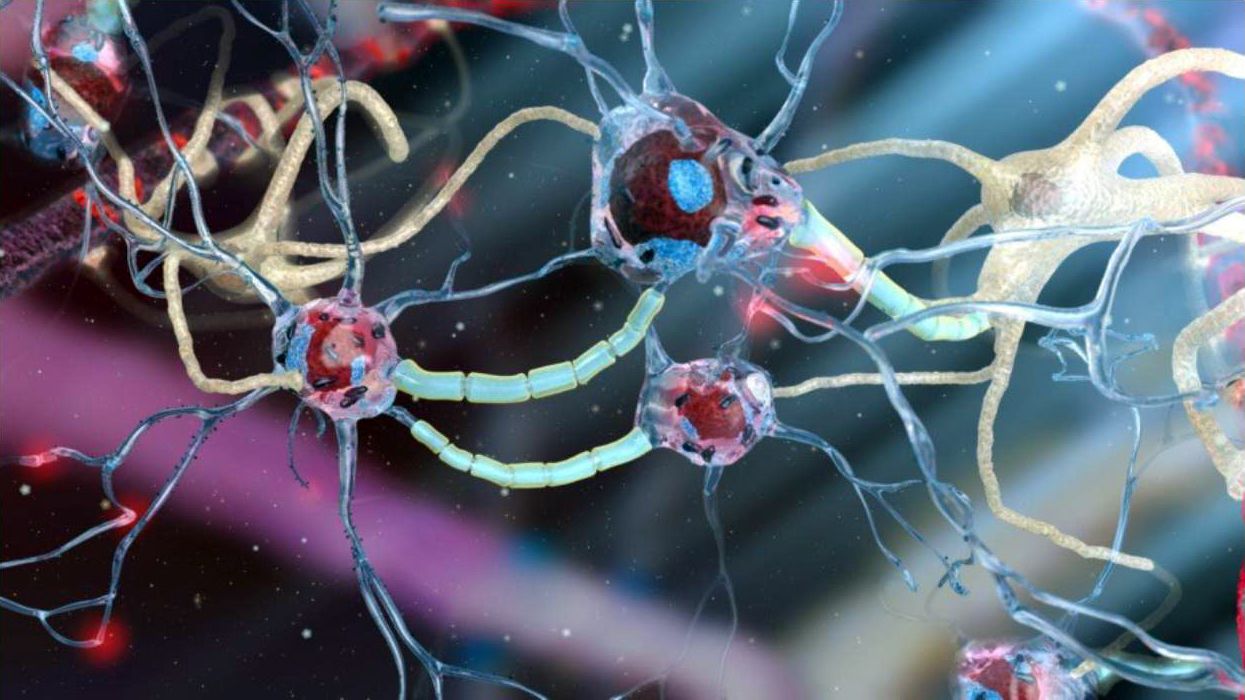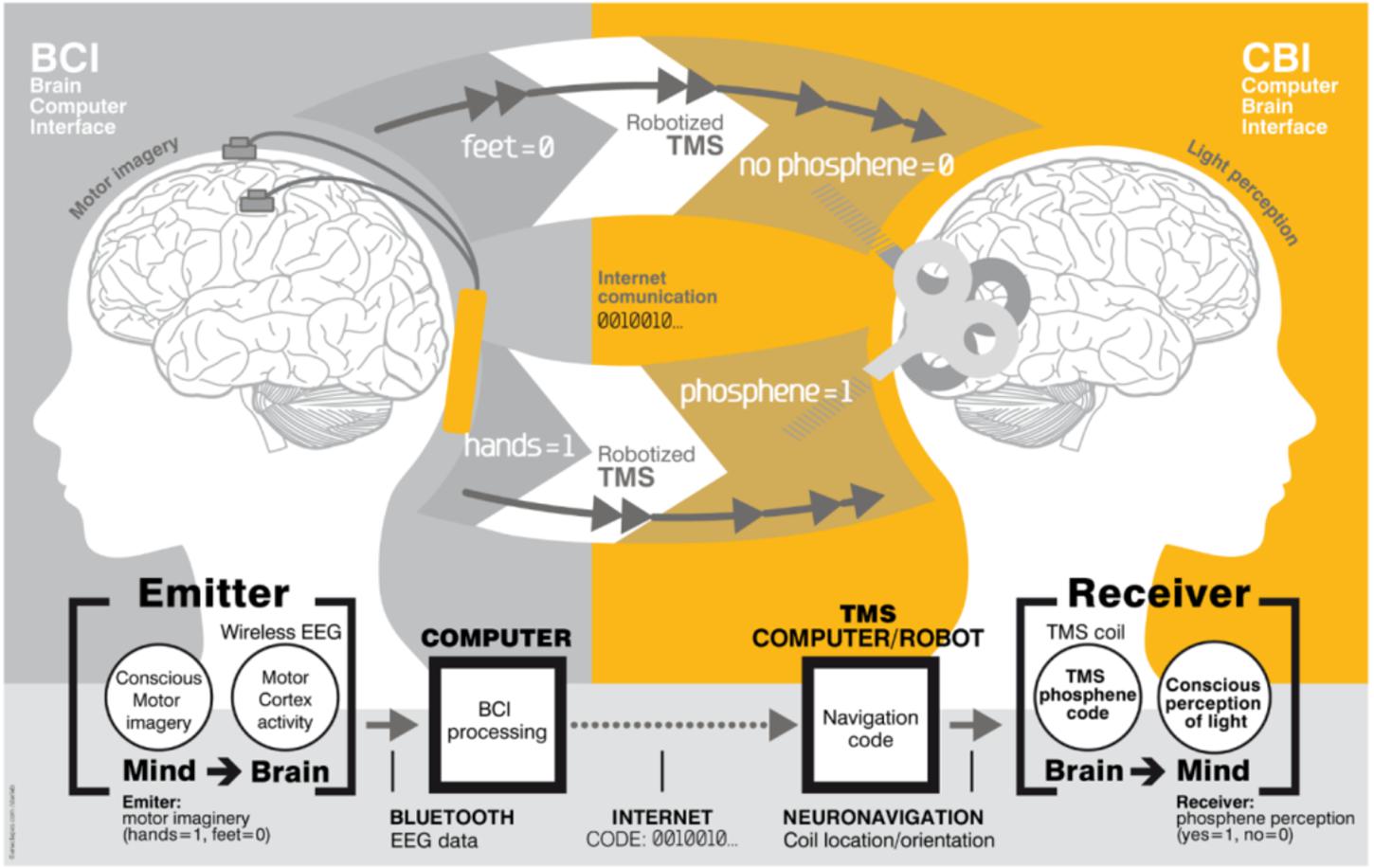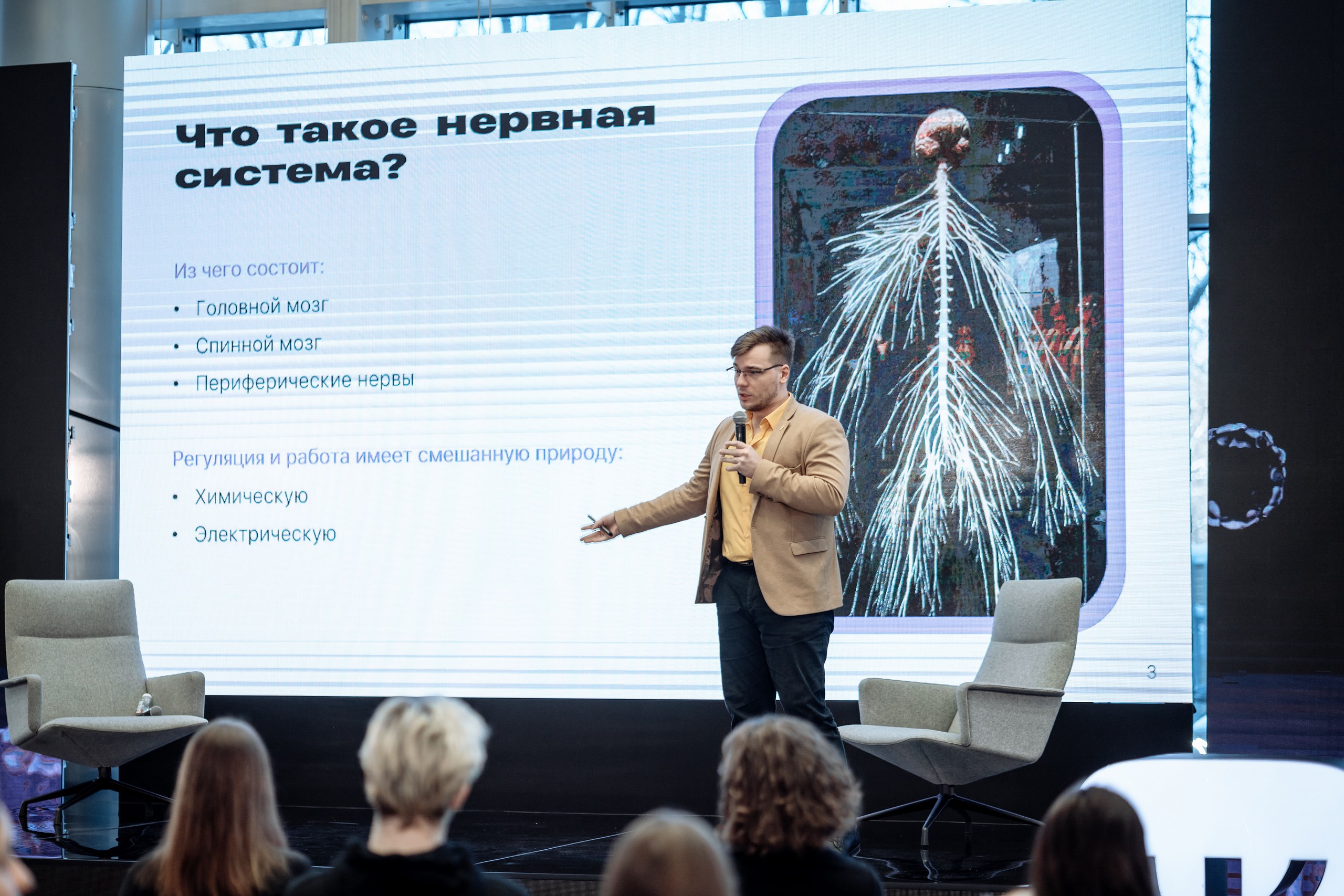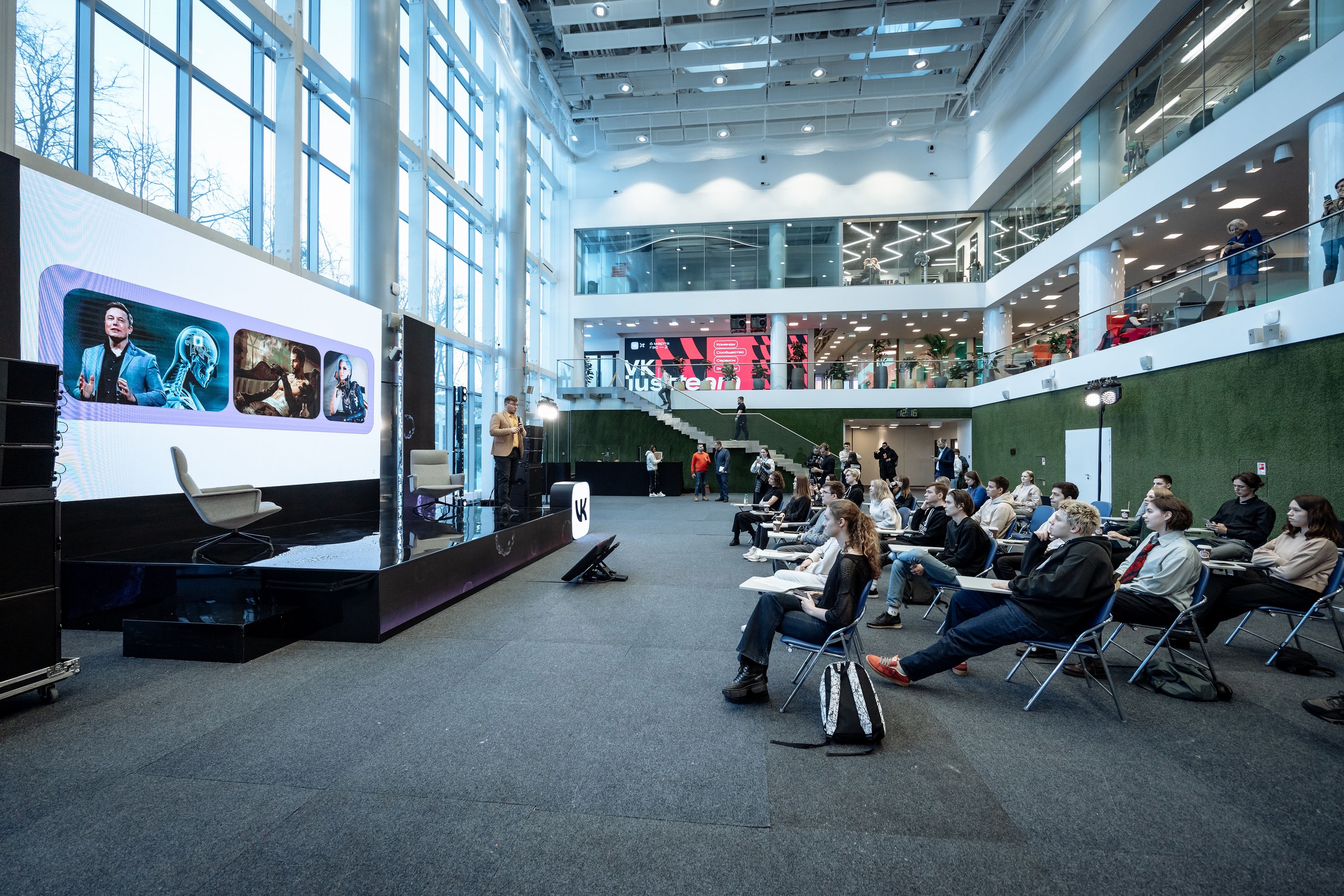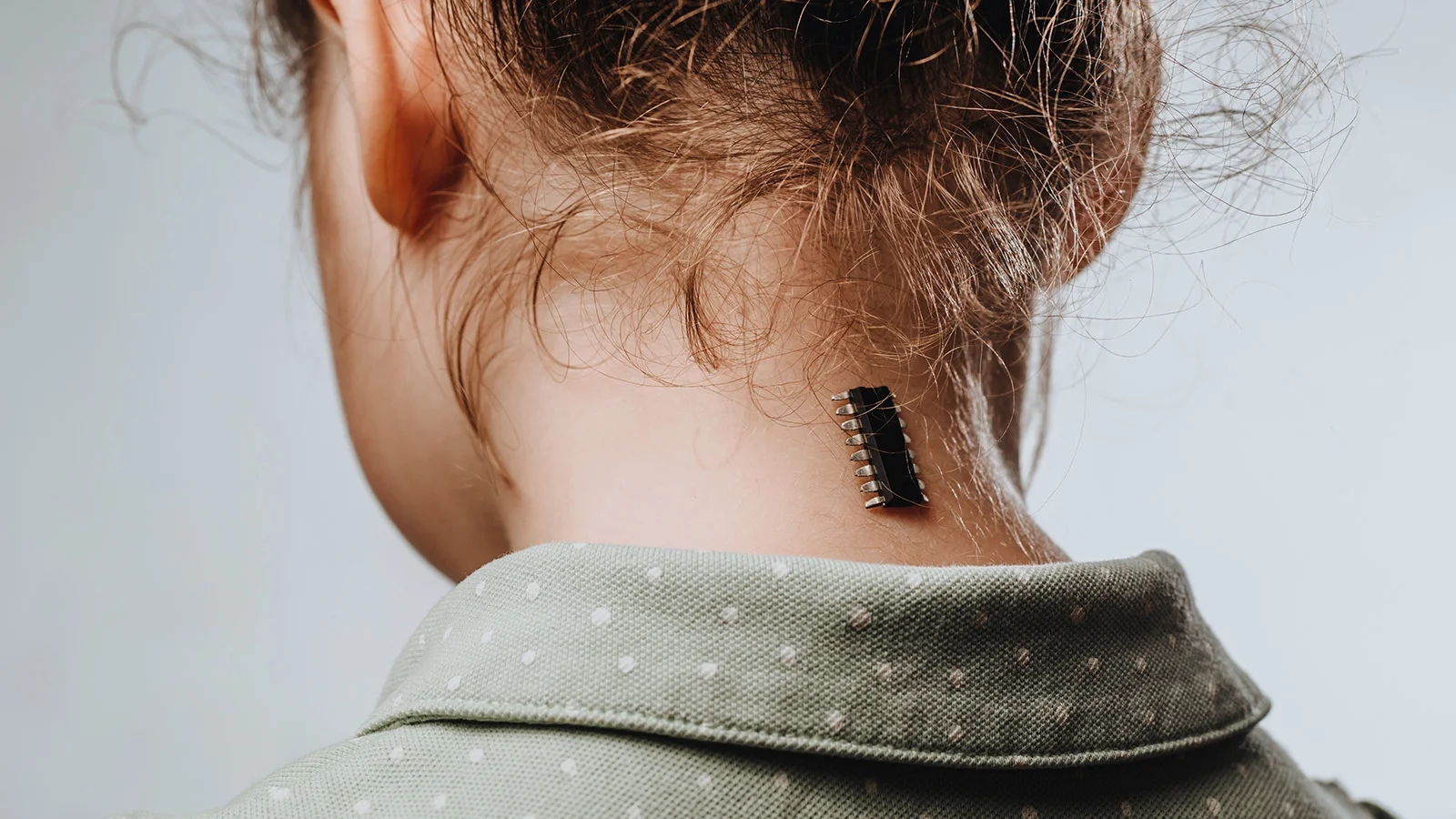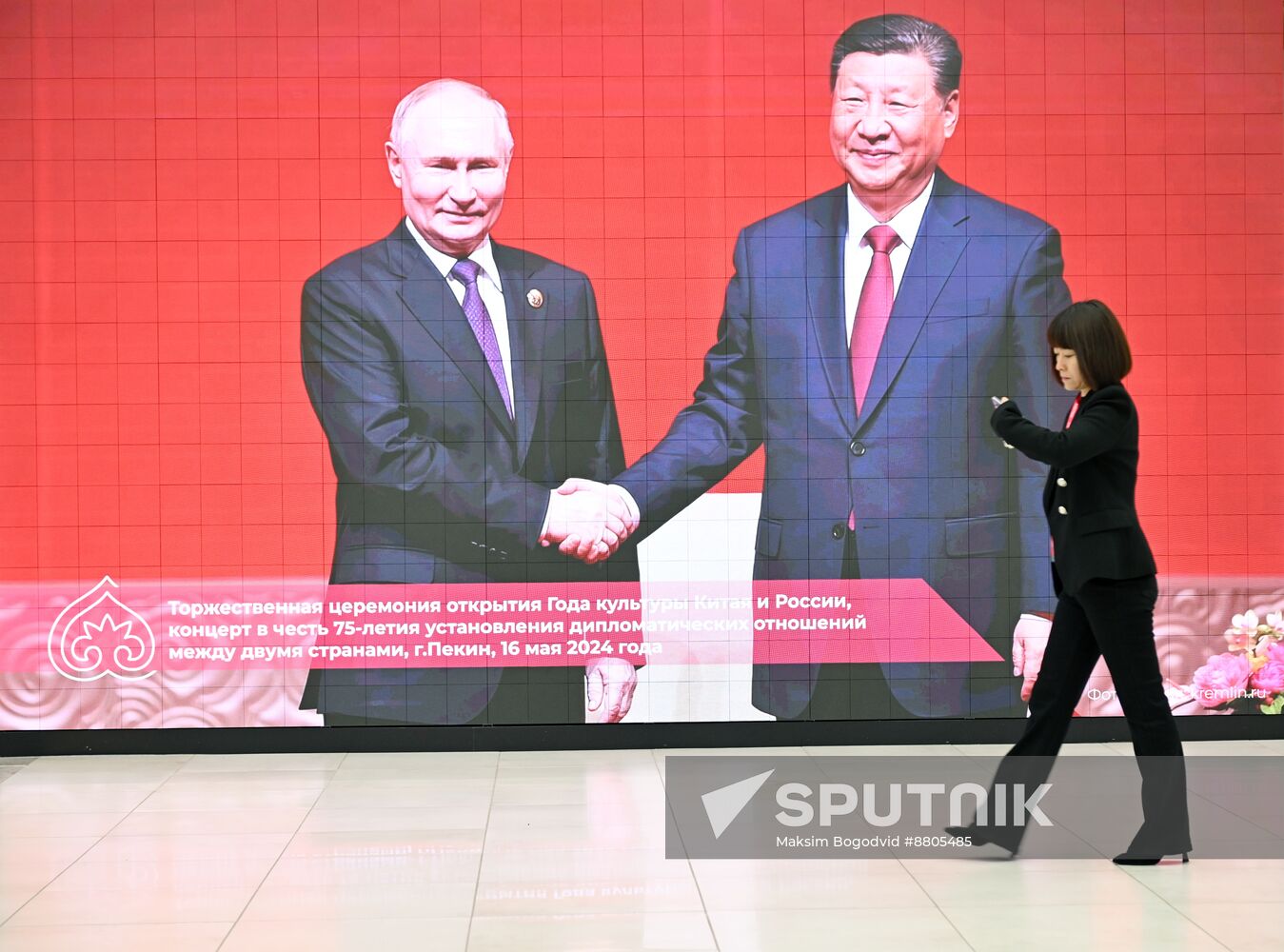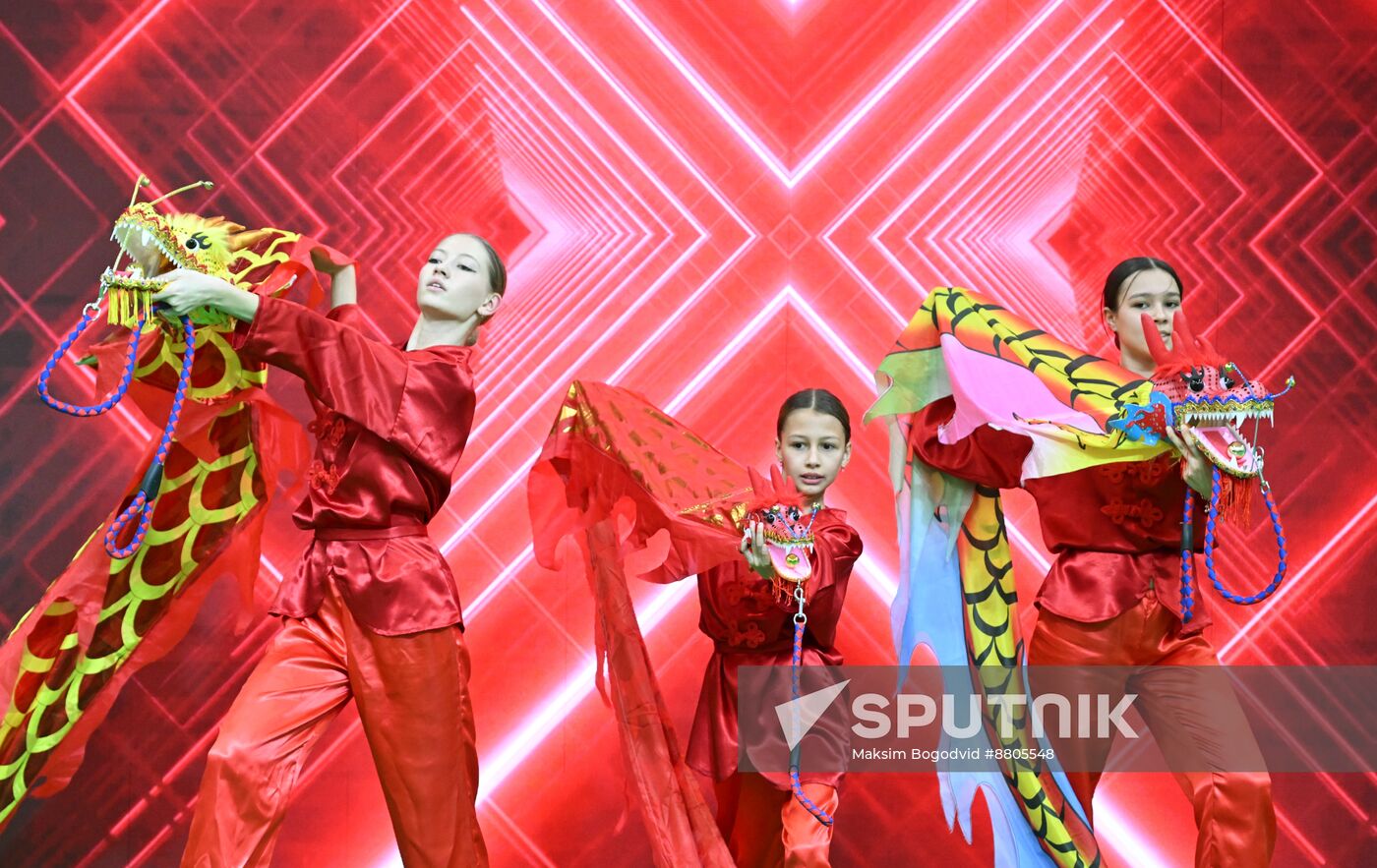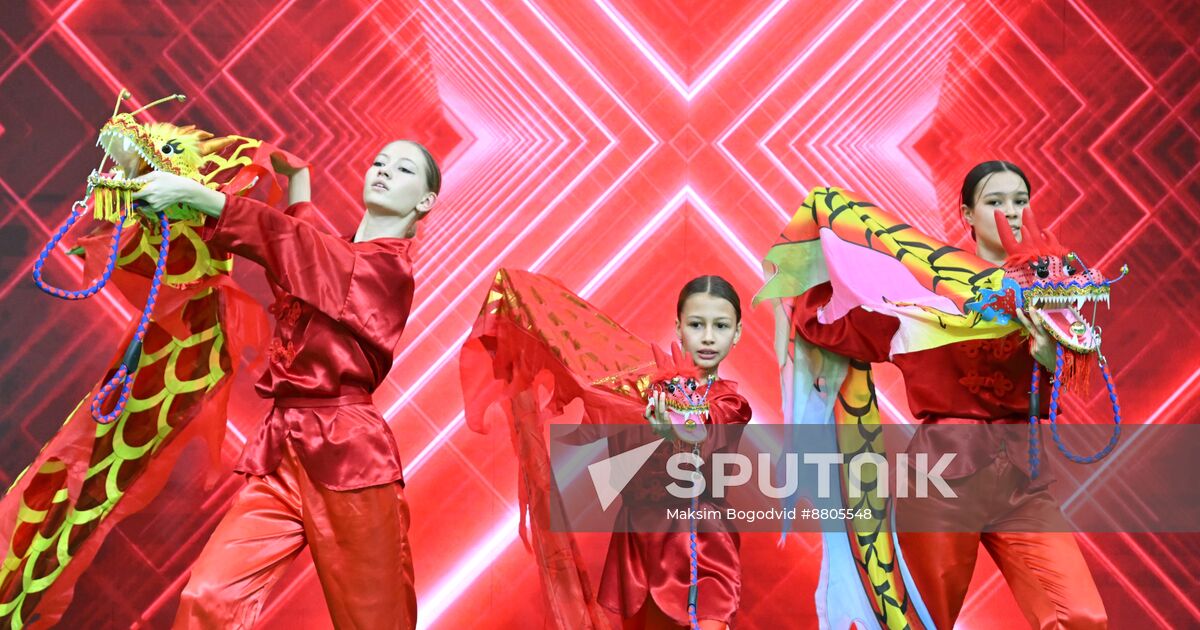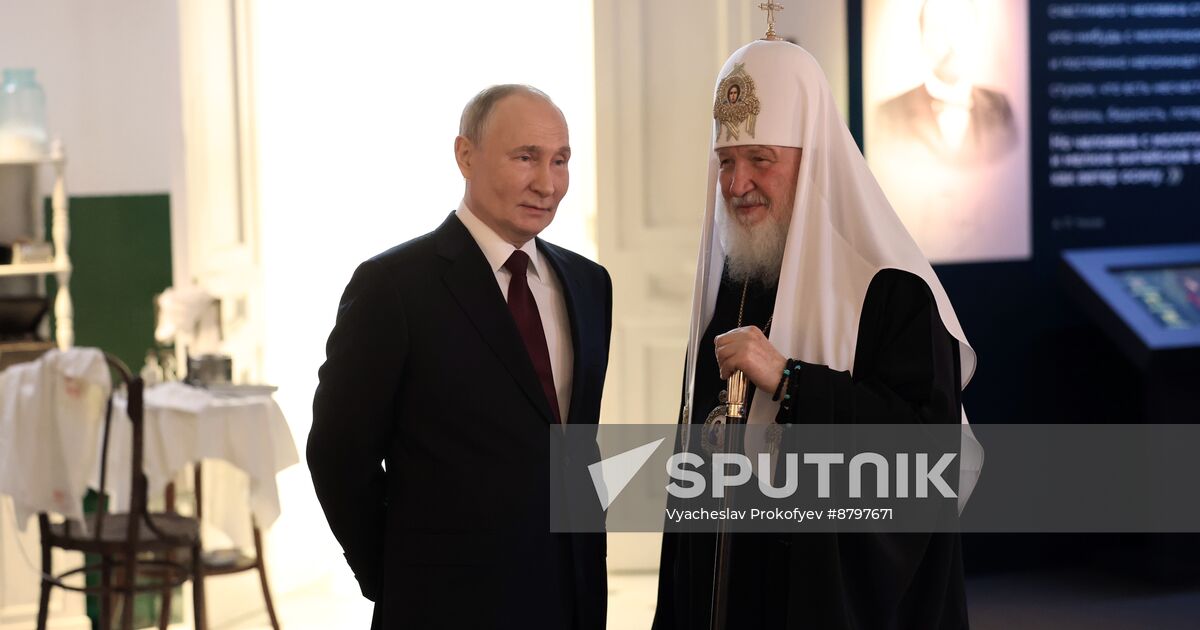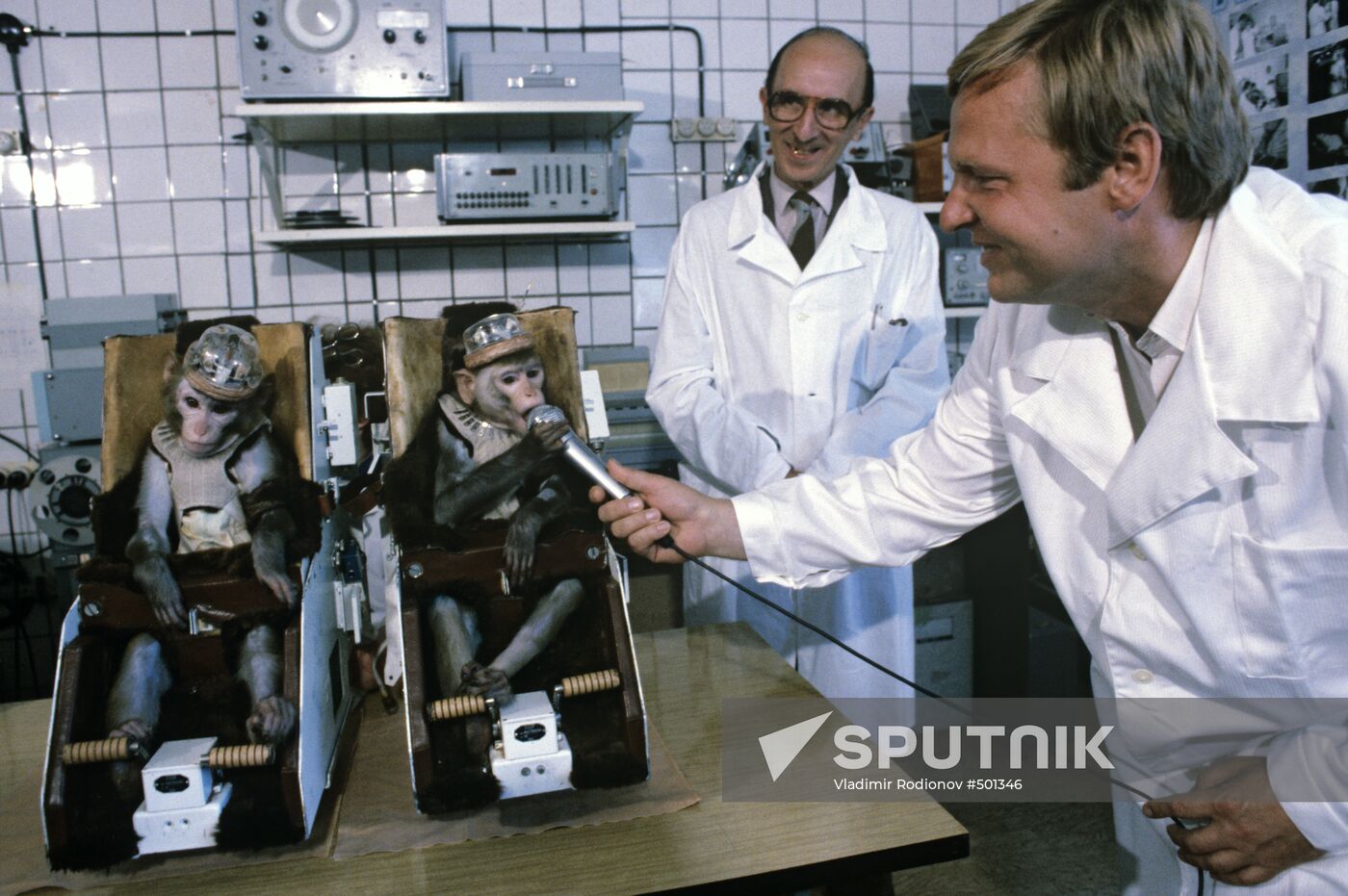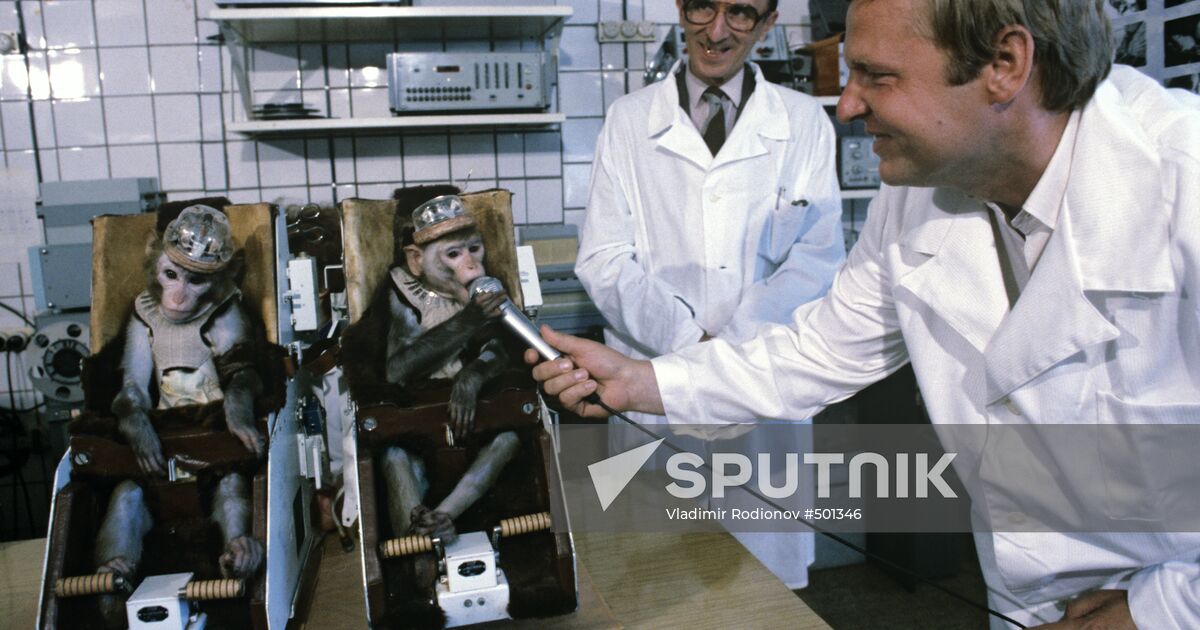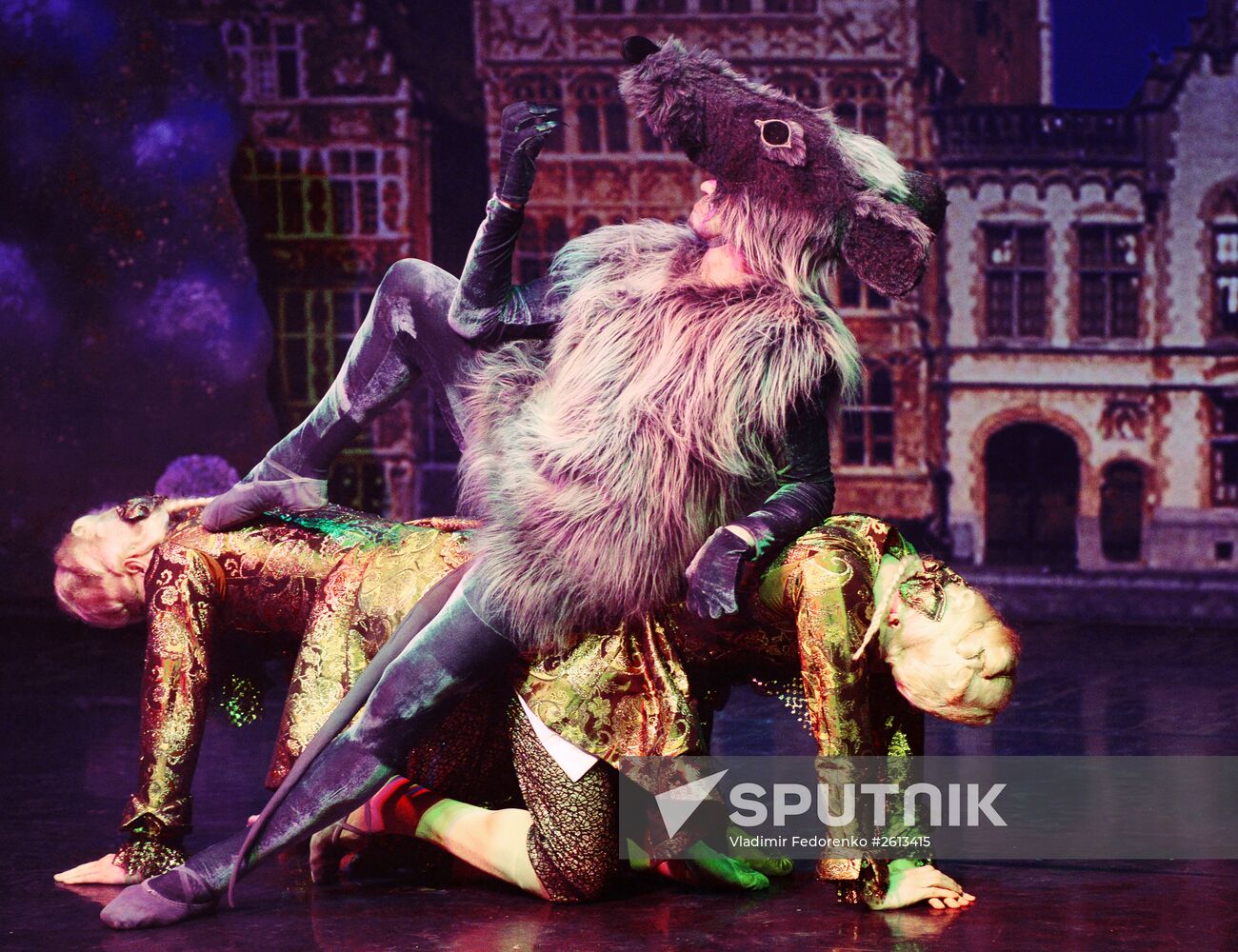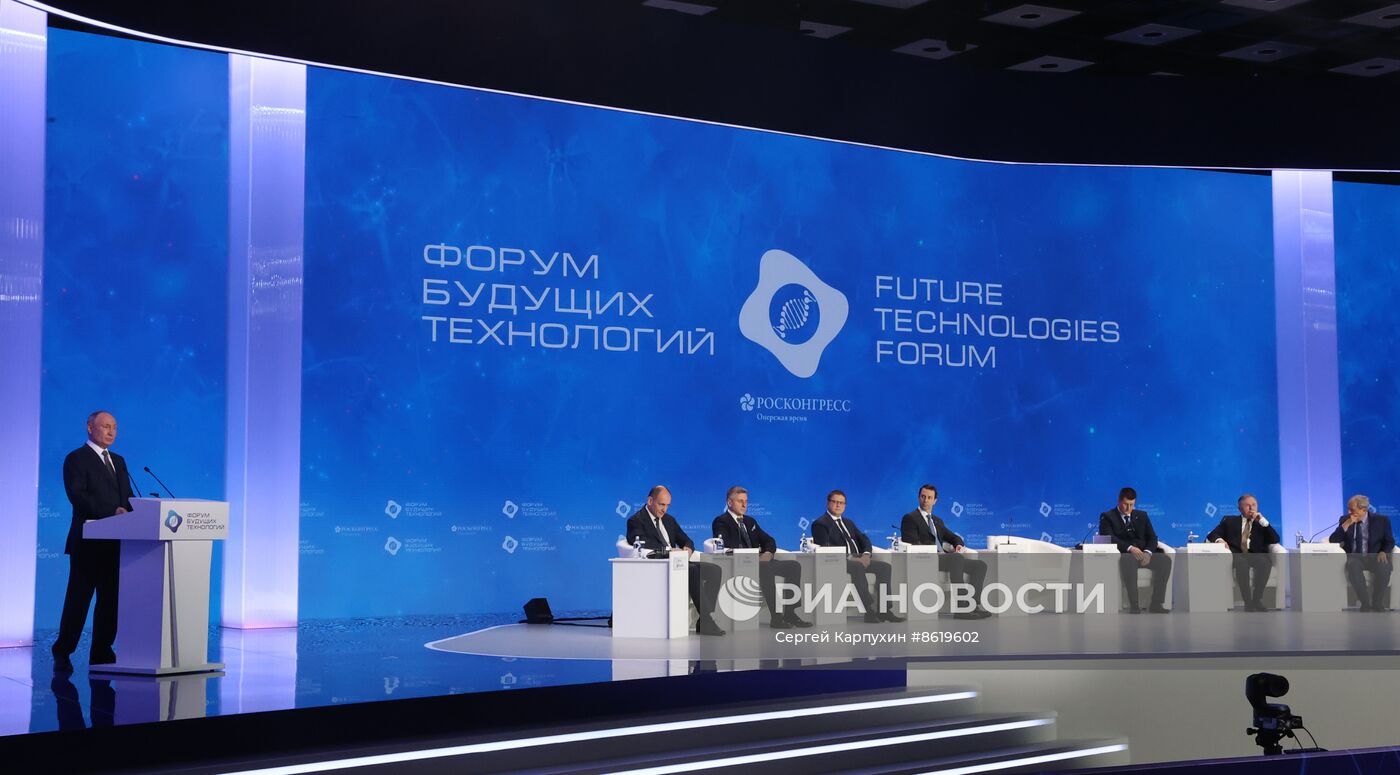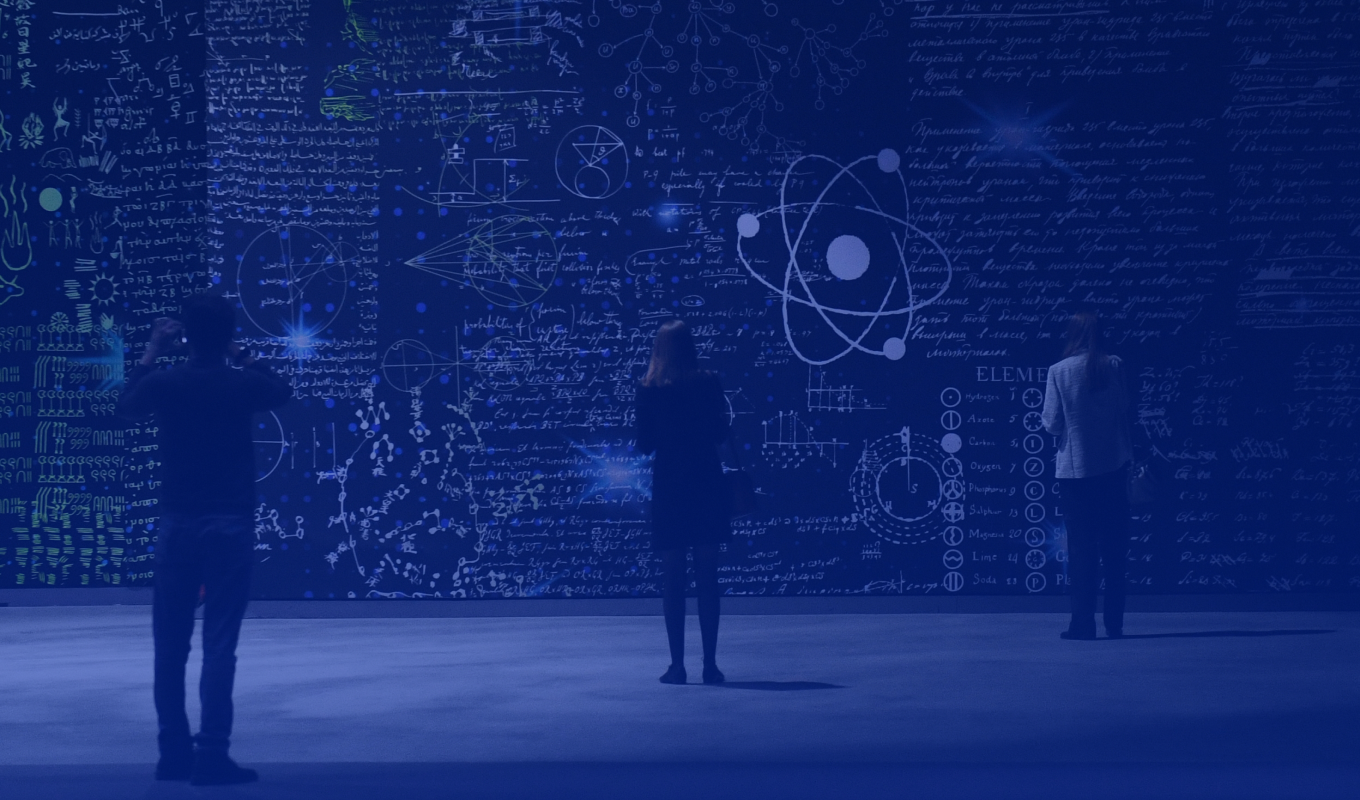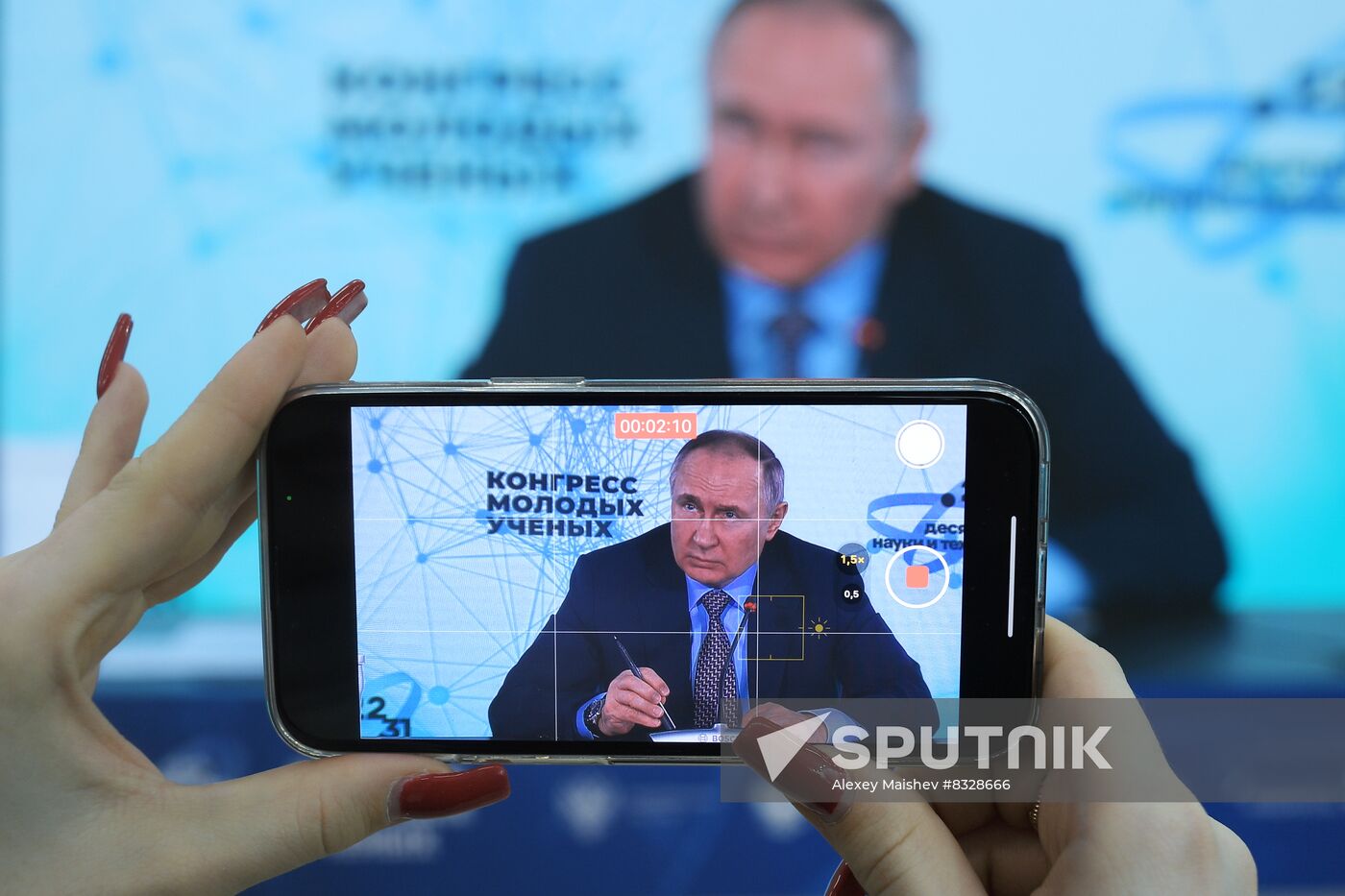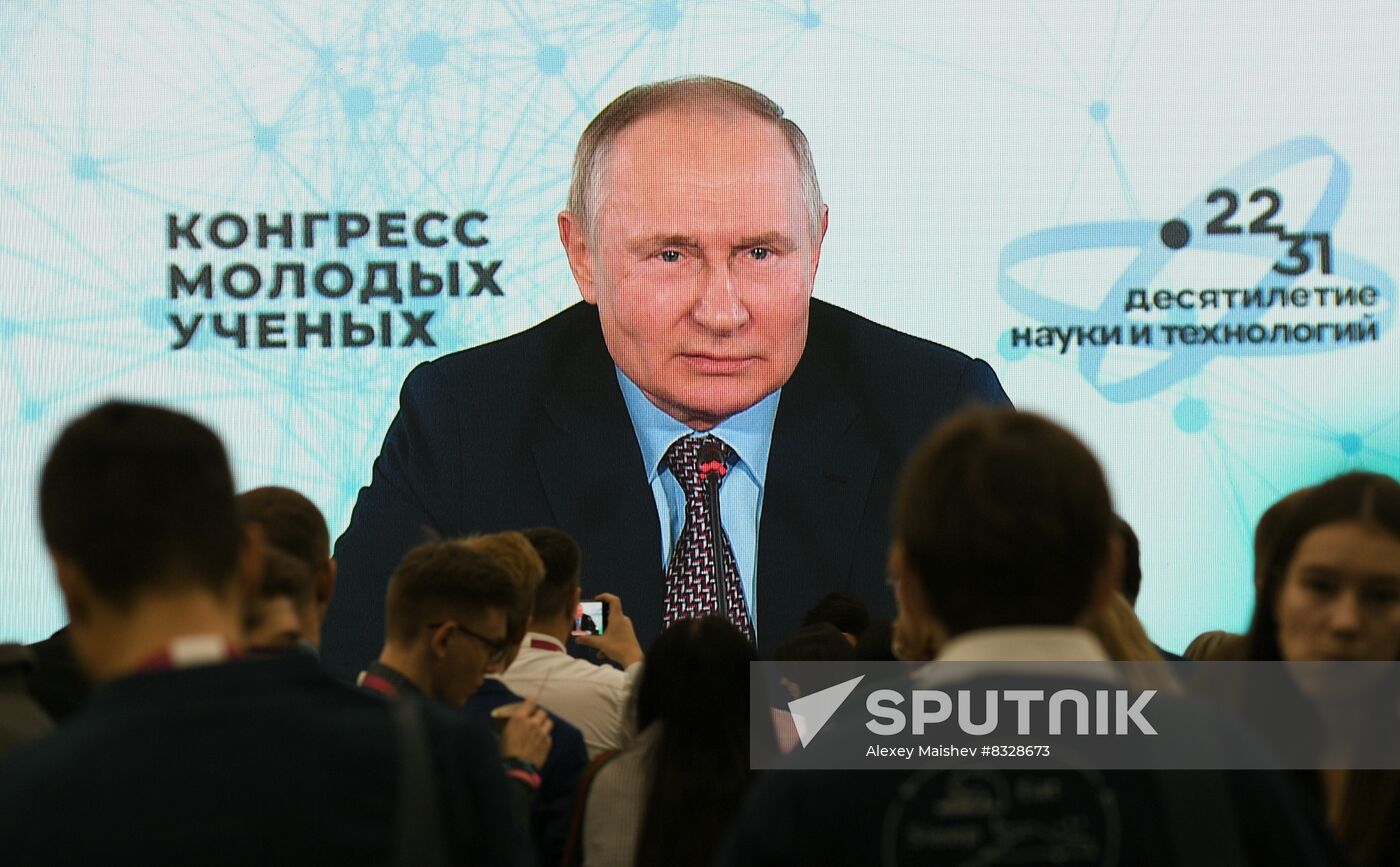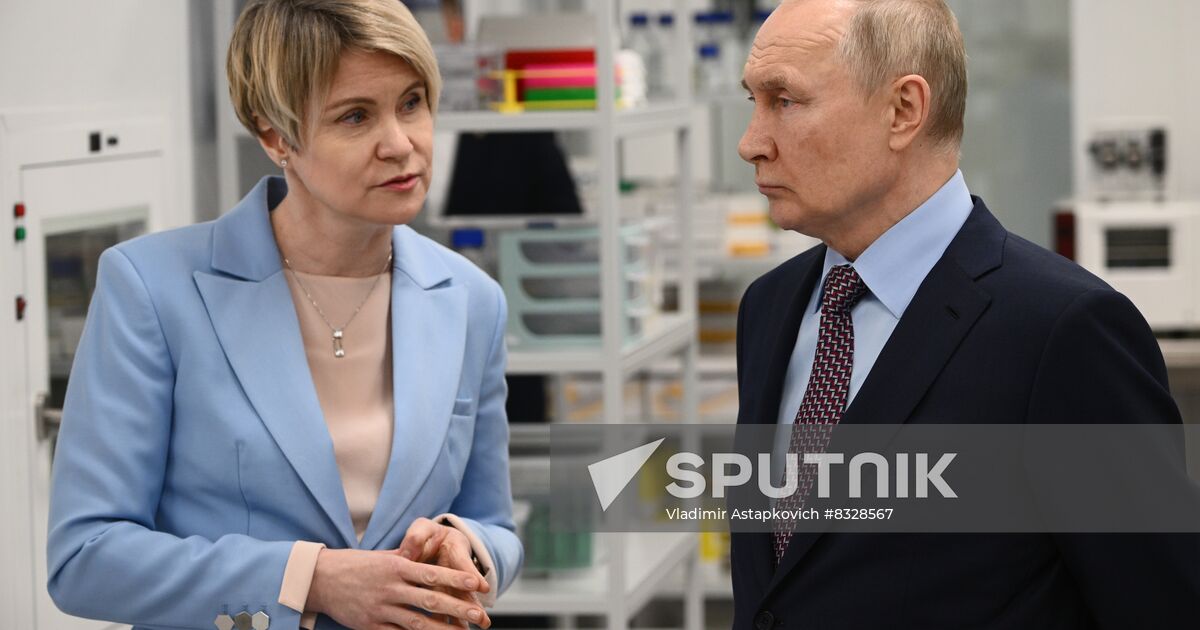Lalas
Star
- Joined
- Nov 8, 2022
- Messages
- 2,129

Visit to the Orthodox Russia – The National Unity Day Forum and Exhibition
On the National Unity Day, Vladimir Putin visited the Orthodox Russia – The National Unity Day Forum and Exhibition at the Manezh Central Exhibition Hall in Moscow.
Accompanied by Patriarch Kirill of Moscow and All Russia [...] Vladimir Putin also toured the Acts of Kindness multimedia exhibition on the traditions of volunteering and charity in Russia from the early days of Christianity in our country and until today. The exhibition is dedicated to the people whose example proves the importance of kindness and mutual help in the world.
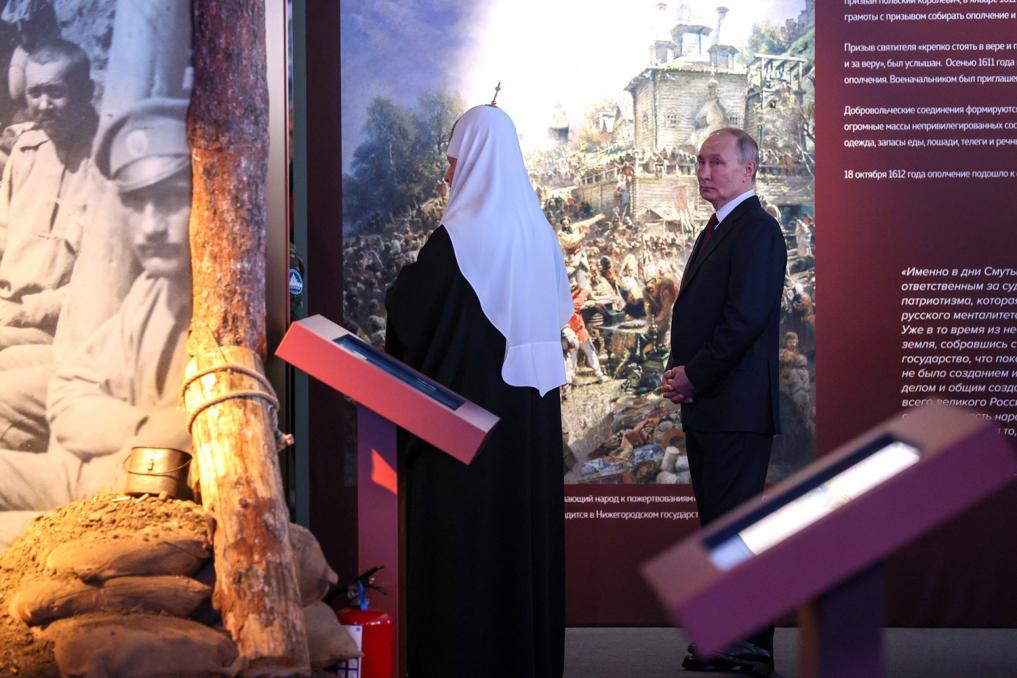
Greetings to participants, organisers and guests of Inventing the Future international symposium
Vladimir Putin sent his greetings to participants, organisers and guests of the Inventing the Future international symposium, the first major event of the Russia National Centre.
The message reads, in part:
“The forum has brought together representatives of different professions, ages, and generations – literary elite and philosophers, scientists and cultural workers, and young people – for a serious, in-depth conversation on long-term strategic plans and our vision of our future.
I am convinced that, despite the current challenges we are facing today, we need to set goals that are ahead of their time, identify new areas for potential breakthroughs, and aspire to look beyond the horizon of tomorrow.
I would like to emphasise one thing: we must be the ones to define our future with sovereignty as the core of our world view, based on national culture, continuous artistic exploration and firm commitment to unquestionable moral and patriotic ideals and values. Then the boldest and most daring dreams will surely come true. Our people have proved this many times in the course of our thousand-year history. It established a great power, opened the way to the stars for humankind, ensured the country's leadership in the peaceful use of nuclear energy, and made great scientific and geographical discoveries. We and future generations should be worthy of their fathers, grandfathers and great-grandfathers.”
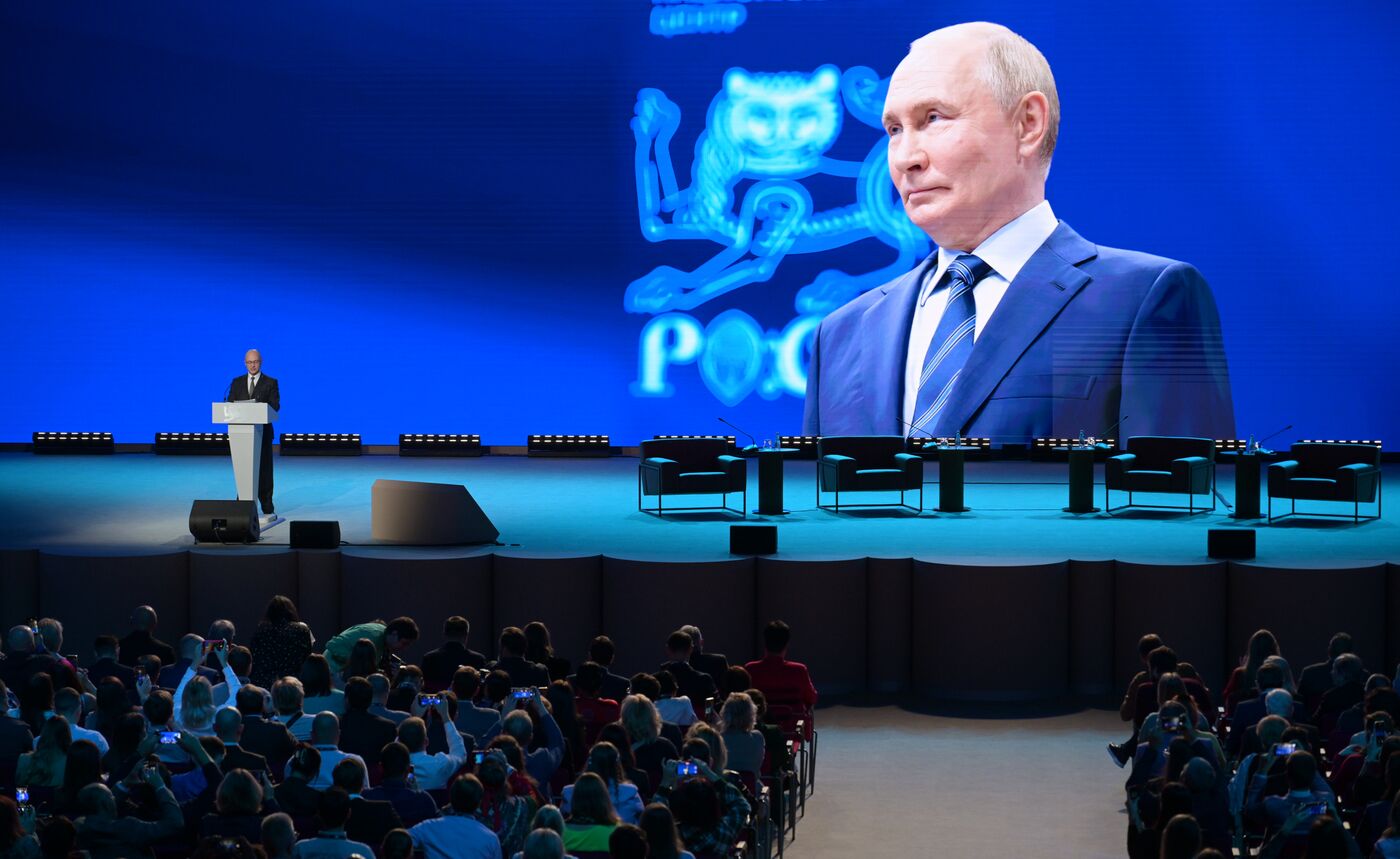
~~
The program:
https://future.russia.ru/en/program
Monday, 4 November
https://future.russia.ru/en/program?date[]=2024-11-04
The first, the opening discussion:
https://future.russia.ru/en/program/kiberpank-i-biopank-k-kakomu-texnologiceskomu-budushhemu-my-stremimsia
CYBERPUNK AND BIOPUNK: TECHNOLOGICAL FUTURE WE ARE STRIVING FOR?
Monday, 4 November 10:00 - 11:30 Conference Hall 3 (Pavilion 7)
Future of Technology, Future Health, Open Discussion,
In an era of progress, the question of ethical boundaries regarding the enhancement of human body through genetic engineering and “hardware” implants is becoming increasingly relevant. What changes to human appearance will high-tech manipulations and the latest research bring, and can they improve the quality of life for our descendants? These are the questions to be addressed by experts in this section.
QUESTIONS FOR DISCUSSION
How will technological progress be integrated into society and transform it?
What are the prospects for genome editing?
How will new generations transform themselves: through genetic modifications or by “hardware” implants?
Technology for people, not people for technology. Where is the ethical boundary for human transformations?
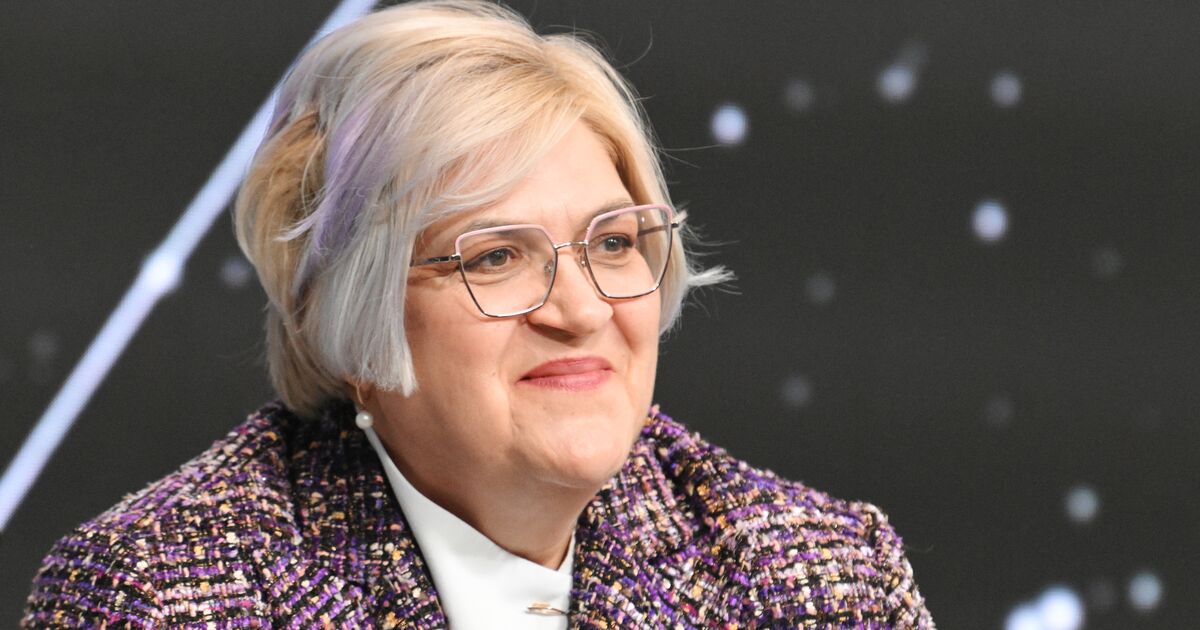
Inventing the Future symposium. Cyberpunk and Biopunk: What Technological Future Do We Seek?
Symposium «Inventing the future» Photobank - RIA Novosti
**
Rat brain connected to AI for the first time
She can answer any question about physics, history, and neurophysiology
MOSCOW, November 7, 2024. Russian scientists have created a smart laboratory rat, the first in the world to implant a neural interface with artificial intelligence in its brain. It can answer any question on physics, history and neurophysiology, according to the website of the Neiry biotech laboratory.
..
"The results of the Pythia experiment are one of the stages of the IIntuition project. For example, the user will be able to feel the truth or falsity of any statement or intuitively understand which answer in the test is correct. All this will increase the efficiency of human activity. And given that the entire evolution of humanity is moving along the path of increasing efficiency, then with our project we are carefully moving a person to the next step, where his faithful and reliable symbiote assistant will be AI," the words of Neiry CEO Alexander Panov are quoted in the message.


Представляем крысу, которая умнее большинства людей
Совместно с учеными из МГУ мы подключили мозг крысы к искусственному интеллекту. Теперь крыса стала гораздо умнее

The Russian biotech laboratory Neiry, together with scientists from Moscow State University, presented the first results of a unique experiment — for the first time in the world, scientists and developers connected the brain of a rat to artificial intelligence (AI). The rat knows how to answer any questions using the keyboard.
Here is Pythia, the world's first smartest laboratory rat who can answer any question in physics, history, mathematics, and, of course, neurophysiology. Her brain is connected to artificial intelligence (AI). With the help of AI, it has access to any information on the Internet.
Key stages of the experiment:
The research team implanted an invasive neural interface directly into the brain of a rat. The electrodes of the neural interface allow you to stimulate special areas of the rat's brain in a certain way.
The neural interface works in tandem with AI, modified in a special way by the project team.
Scientists verbally ask any question, and the AI prompts the rat to the correct answer using electrical stimulation of the brain.
For a rat, an "AI clue" looks like sensations in the body. She experiences certain sensations in a certain place when it is necessary to answer "yes", and in another place when the answer is "no". For the correct answer, Pythia receives a reward.
That is why Neiry and scientists from Moscow State University called the future product "Artificial Intuition" (IIntuition / = AIntuition).
Thus, the rodent has been "upgraded" and can now answer questions using AI. In the foreseeable future, any person with an implanted neural interface will be able to do the same.
The rat has already correctly answered hundreds of scientific questions — about quasars, myelin shells, the Python language, and Albert Einstein's birthday. The experiment continues every day, and the number of rats with a neural interface is also growing.
"As part of a joint project with Neiry, we decided to test our devices on my idea, which is a bit hooligan from a scientific point of view, which is the ability to transmit meaningful information through bodily sensations. From the point of view of neurophysiology, this experiment is quite understandable and is designed to test the quality of the electrodes and electronics we have created. In addition, we wanted to demonstrate the concept of combining natural and artificial intelligence. We plan to come up with much more complex and interesting ideas for the interaction between AI and the brain," says Vasily Popkov, head of the Laboratory for the Development of Invasive Neural Interfaces at the Institute of Artificial Intelligence at Moscow State University.
"What is happening here now is a revolution. This is where AI and the brain of a rat, then other animals, and finally a human, come together. Why is it necessary? We need to solve the existential problem. Is AI an assistant or a rival for us? How will we live with him? In my opinion, this is how we will live well, peacefully coexist. When AI integrates with natural intelligence, they will work together. AI will do what it does well: memorize huge amounts of information, process it, and transmit it to the natural brain. And the natural brain will be engaged in its own tasks: related to creativity, intuition, as well as consciousness. This is just the beginning, a revolution is ahead of us!" — Mikhail Lebedev, Professor, Moscow State University.
The Pythia experiment is carried out as part of the joint research project of Neiry and Moscow State University - IIntuition. The goal of this project is to develop invasive neural interfaces, in the future it is planned to create a user product that will help connect the human brain with the knowledge of all mankind.
"At Neiry, we are engaged in the development of products based on neurotechnologies for completely different industries. The results of the Pythia experiment are one of the stages of the IIntuition project. For example, the user will be able to feel the truth or falsity of any statement or intuitively understand which answer in the test is correct. All this will increase the efficiency of human activity. And given that the entire evolution of humanity is moving towards increasing efficiency, our project is carefully moving humans to the next step, where AI will be their faithful and reliable symbiote assistant," Alexander Panov, CEO of Neiry.
The experiment was announced at the annual meeting of NeiryRoundB shareholders. The results of the experiment will be published in scientific journals. Currently, the team is preparing a series of new and no less interesting announcements."
**
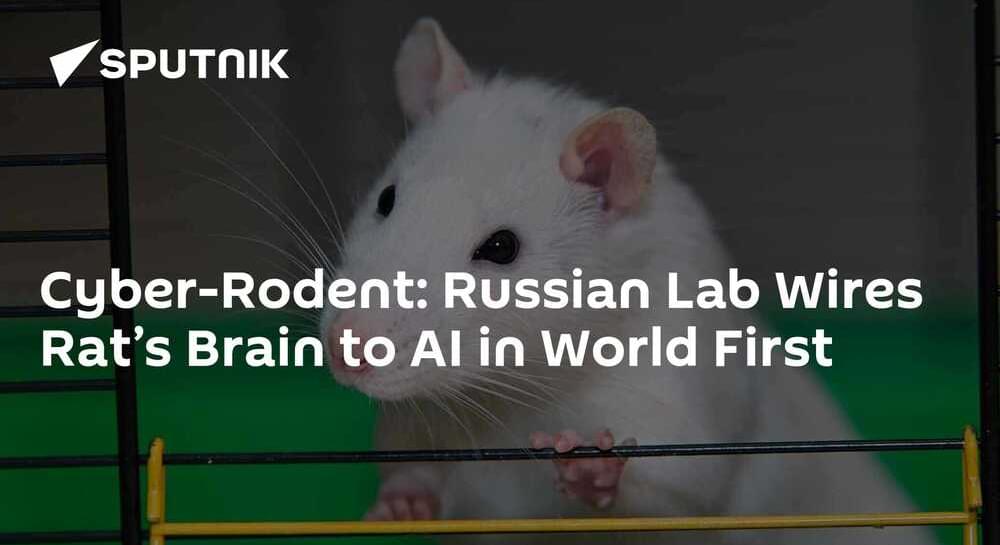
Cyber-Rodent: Russian Lab Wires Rat’s Brain to AI in World First
A RAT ANSWERS HUNDREDS OF SCIENTIFIC QUESTIONS - A RUSSIAN SCIENCE MIRACLE Russian scientists are the first in the world to connect a rat’s brain to Artificial Intelligence - it suggests the right answers to any questions.
lifeboat.com


Cyber-Rodent: Russian Lab Wires Rat’s Brain to AI in World First
Russian scientists have become the first in the world to connect a rat's brain to an artificial intelligence that suggests the right answers to any question.
The developers have serious ambitions for the future: they plan to create a custom product that will help connect the human brain with the knowledge of all of humanity."

Is This the Future of Intelligence? Meet the AI-Connected Lab
Is This the Future of Intelligence? Meet the AI-Connected Lab Rat That Thinks Like a Human In a groundbreaking experiment, Russian biotech
 www.bizsiziz.com
www.bizsiziz.com

Russian Scientists First in the World to Connect Rat Brain to Artificial Intelligence
The groundbreaking experiment enables a rat to answer questions using AI, with the potential for future human brain connectivity.

AI-Enhanced Rat Solves Scientific Puzzles First
The Russian Biotechnical Laboratory Neiray, together with scientists from Moscow State University, first connected the Rat brain to artificial

Hey RatGPT! Russian scientists connect rodent mind to AI in neural interface breakthrough | Video Viory
Specialists from the Russian biotechnology company Neiry, in collaboration with scientists from Moscow State University, have achieved a world first by connecting a rat's brain to artificial intelligence (AI), training the animal to interpret incoming signals. The groundbreaking project is named...
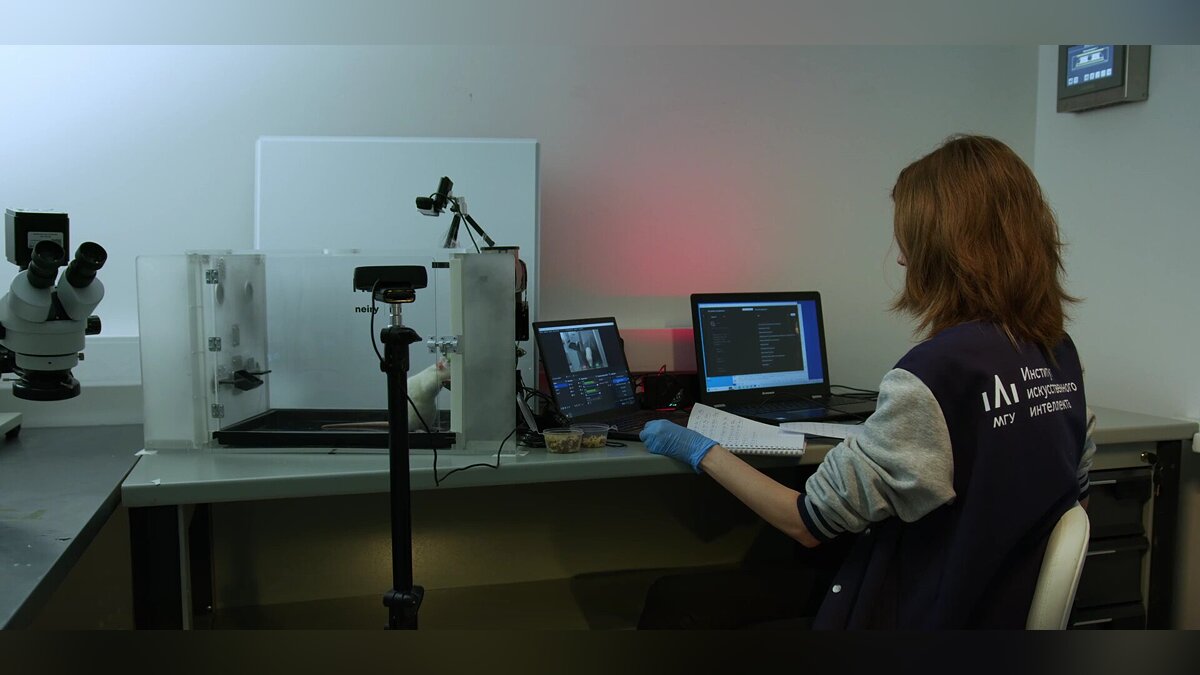
A rat was able to answer hundreds of scientific questions using an AI chip implanted in its brain. - Social Bites
Russian researchers from the Neiry biotech laboratory, together with scientists from Moscow State University, have managed to make an ordinary rat smarter than most people. The animal's brain was connected to AI, through which the rodent began to "understand" science, history and other areas.A...
 socialbites.ca
socialbites.ca
**
More Neiry:
russia through the hidden eye 3
https://xn--80aa3ak5a.xn--p1ai/news/iv-kongress-molodykh-uchenykh-posvyatyat-prioritetam-nauchno-tekhnologicheskogo-razvitiya/ THE IV CONGRESS OF YOUNG SCIENTISTS WILL BE DEVOTED TO THE PRIORITIES OF SCIENTIFIC AND TECHNOLOGICAL DEVELOPMENT OCTOBER 17 2024 The IV Congress of Young Scientists...
russia through the hidden eye 3
https://xn--80aa3ak5a.xn--p1ai/news/iv-kongress-molodykh-uchenykh-posvyatyat-prioritetam-nauchno-tekhnologicheskogo-razvitiya/ THE IV CONGRESS OF YOUNG SCIENTISTS WILL BE DEVOTED TO THE PRIORITIES OF SCIENTIFIC AND TECHNOLOGICAL DEVELOPMENT OCTOBER 17 2024 The IV Congress of Young Scientists...
Last edited:

